Shadows are a powerful, yet often underutilized element in photography. By mastering the use of shadows, you can add a sense of depth, dimension, and drama to your images, transforming ordinary scenes into extraordinary compositions. Here’s a guide to harnessing the creative potential of shadows in your photography.
Understanding shadows in photography
Shadows are created when an object blocks light, resulting in areas of darkness that contrast with the illuminated parts of your scene. Shadows can add texture, emphasize shapes, and create a sense of mystery or tension. The key is to learn how to control and manipulate shadows to enhance your images.
Techniques for creative shadow photography
Hard vs. soft shadows: Understand the difference between hard and soft shadows. Hard shadows have sharp, defined edges and are created by direct light sources like the sun or a spotlight. Soft shadows have blurred edges and are made with diffused light sources, such as an overcast sky or a softbox. Use hard shadows for dramatic, high-contrast images and soft shadows for a more gentle, nuanced effect.
Silhouettes: Create striking silhouettes by positioning your subject in front of a strong light source. Adjust your exposure for the background to render the subject in complete shadow, highlighting its shape and form. Silhouettes are most effective with recognizable shapes and convey a powerful, simplistic beauty.
Shadow patterns: Look for interesting patterns created by shadows. Objects with intricate details, such as lace curtains, tree branches, or architectural elements, can cast fascinating shadows that add complexity and interest to your images.
Directional light: Use directional light to control where shadows fall in your scene. Adjusting the angle and distance of your light source can create different shadow effects, from long, dramatic shadows to subtle, soft ones. Experiment with different lighting angles to find the most compelling compositions.
Advanced techniques
Double exposure with shadows: Combine two exposures in one image to create a surreal effect. Capture a shadow in one exposure and overlay it with another scene or subject in the second exposure. This technique can produce unique and imaginative images that challenge the viewer’s perception.
Shadow portraits: Use shadows creatively in portrait photography to add mood and character. Position your subject so that part of their face or body is cast in shadow, creating a mysterious and dramatic effect. Experiment with different lighting setups to find the most flattering and intriguing results.
Reflected shadows: Utilize reflective surfaces like water, glass, or polished floors to capture and manipulate shadows. Reflections can add depth and symmetry to your images, creating a dynamic interplay between light and shadow.
Shadow play in street photography: Incorporate shadows into your street photography to add an extra layer of narrative and context. Look for shadows cast by buildings, people, and street furniture to create compelling compositions that tell a story.
Practical tips for shadow photography
Shoot in black and white: Shadows often have a more pronounced impact in black and white photography. Removing color distractions allows you to focus on the interplay of light and shadow, emphasizing textures and contrasts.
Adjust your exposure: When photographing shadows, you may need to adjust your exposure to prevent losing detail in the highlights or shadows. Use exposure compensation or shoot in manual mode to find the perfect balance.
Use a tripod: A tripod can be essential for maintaining stability when experimenting with shadow photography, especially in low light conditions. It allows you to use slower shutter speeds without introducing camera shake.
Shadows are a versatile and powerful tool in photography. By experimenting with different techniques and approaches, you can harness the potential of shadows to create images with depth, drama, and a unique artistic touch. Embrace the creative possibilities that shadows offer and let them transform your photography.
Not on 500px yet? Sign up here to explore more impactful photography.

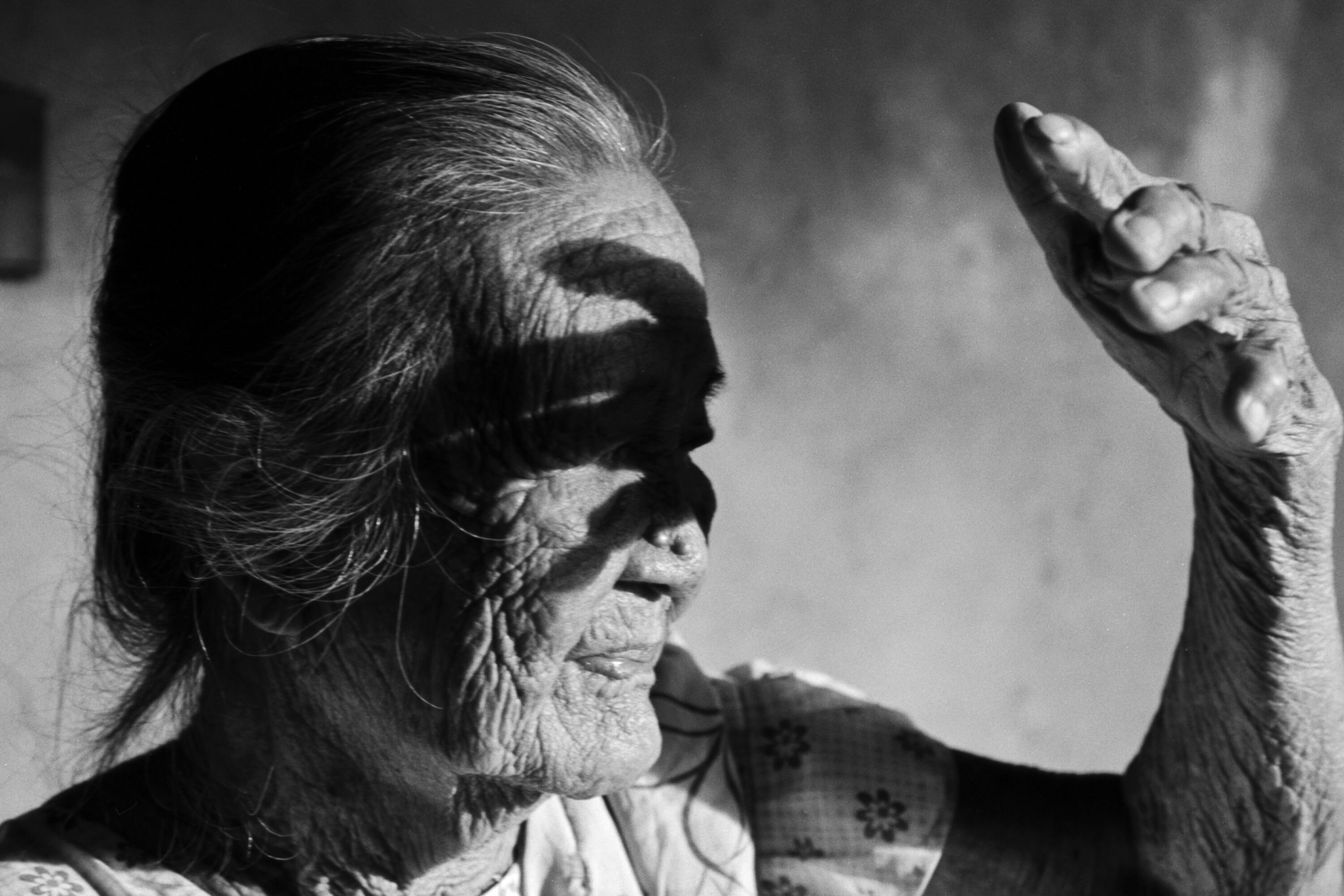
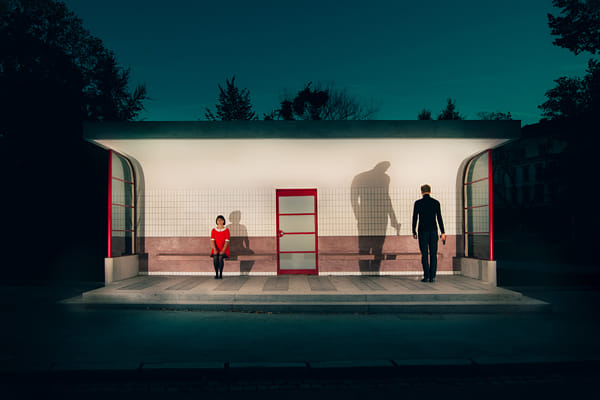
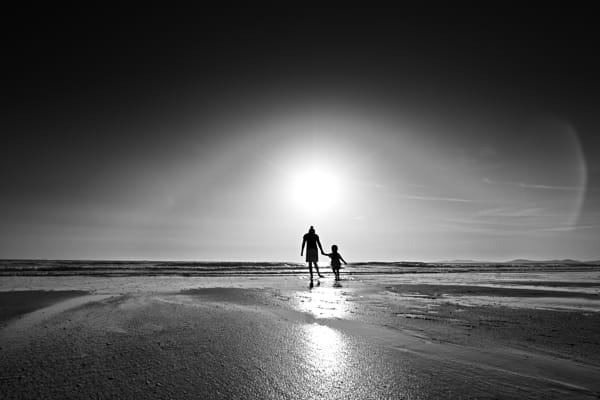

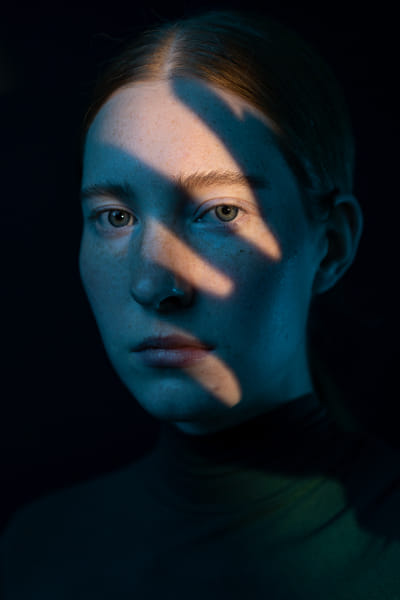
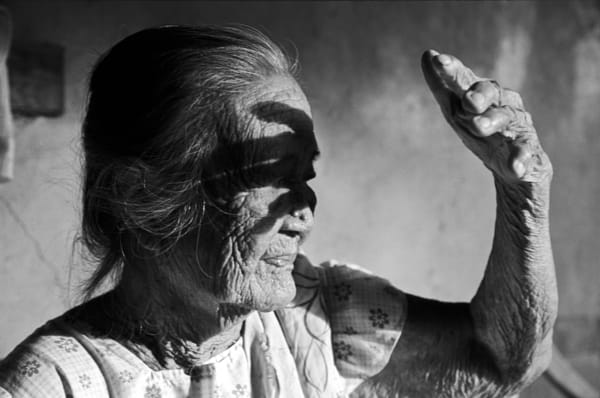
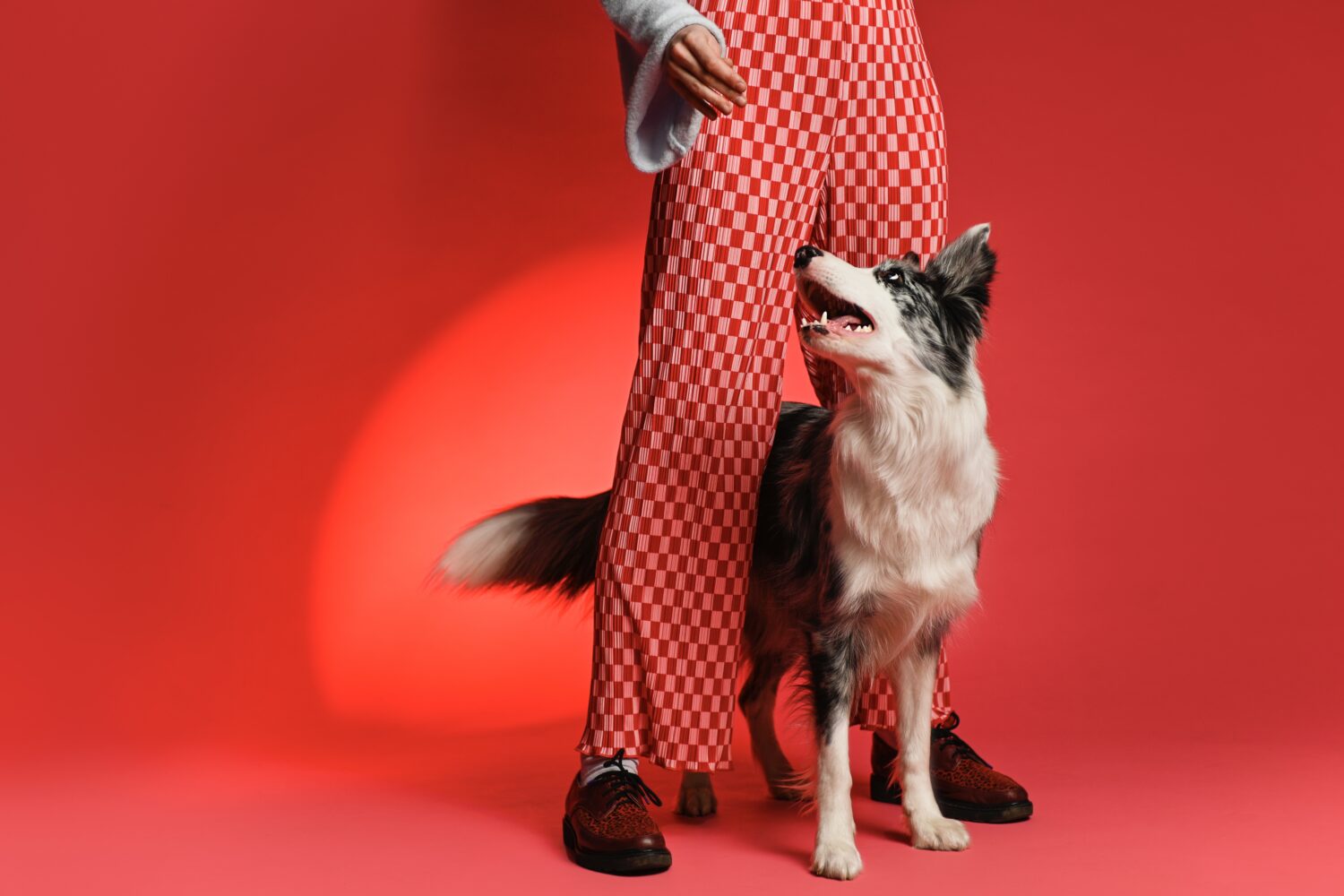
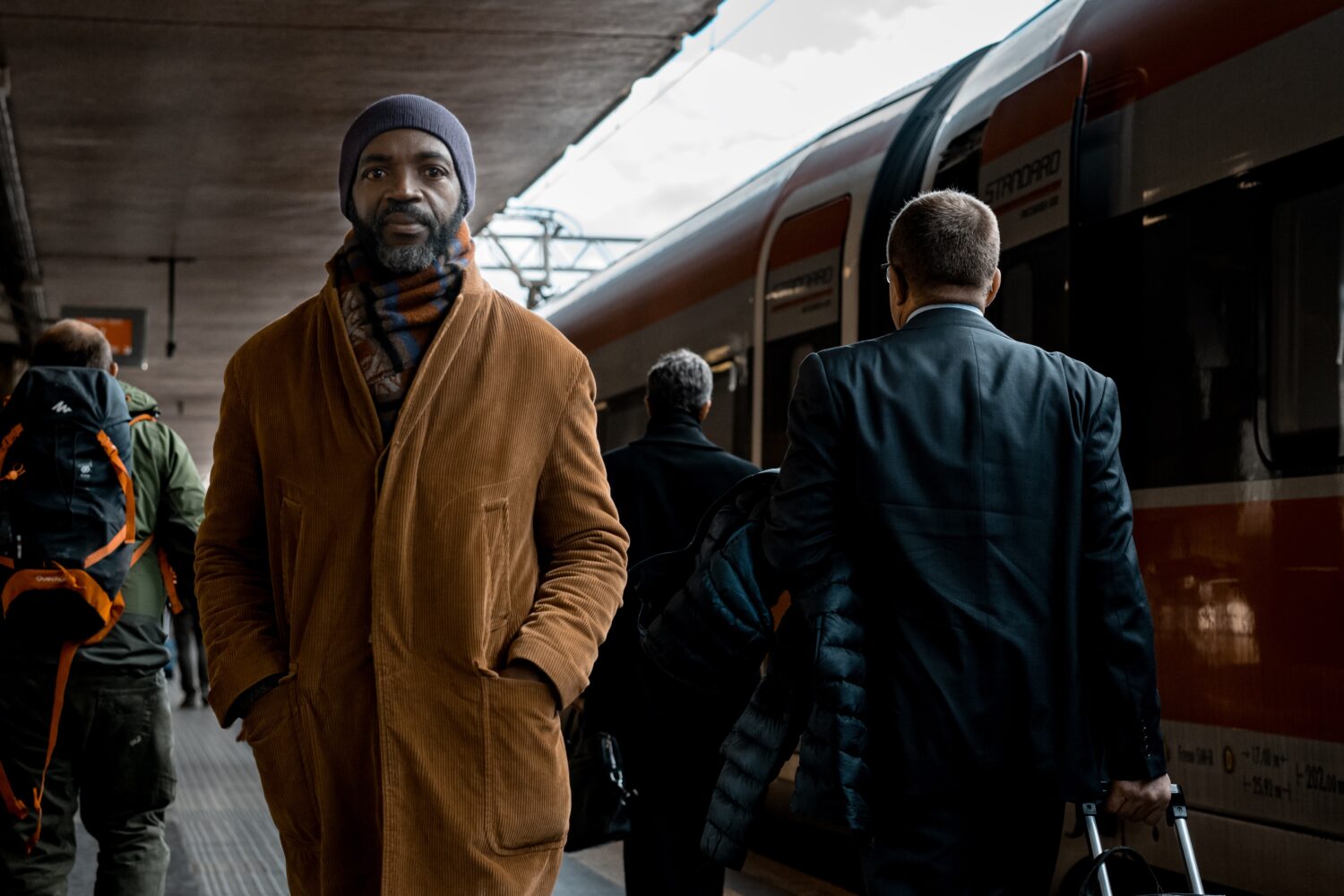
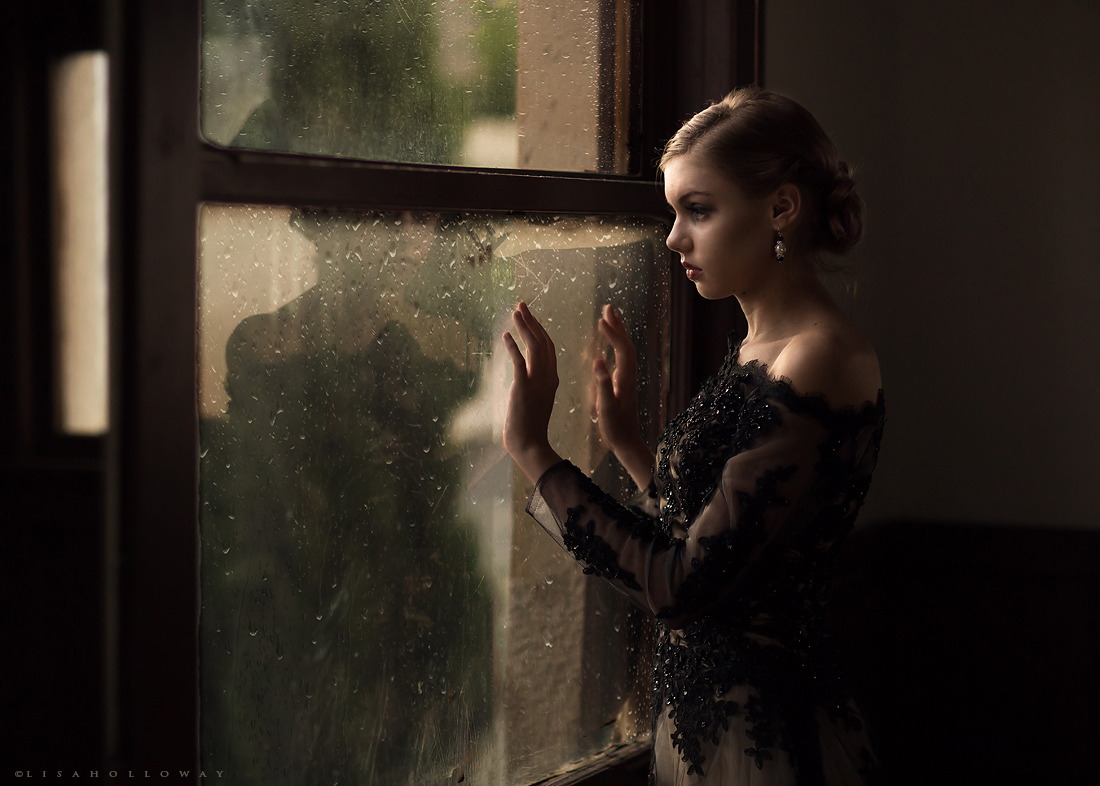
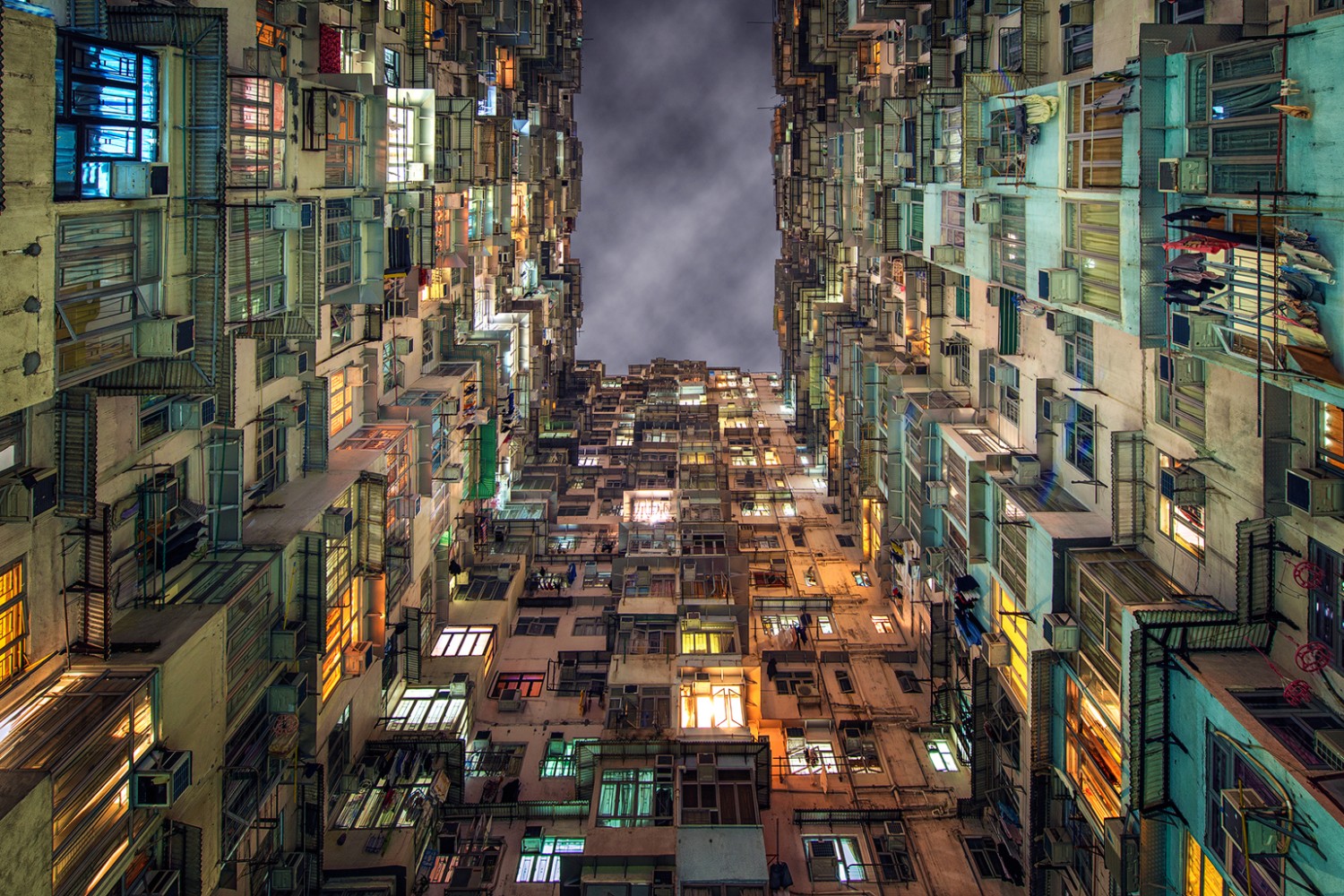
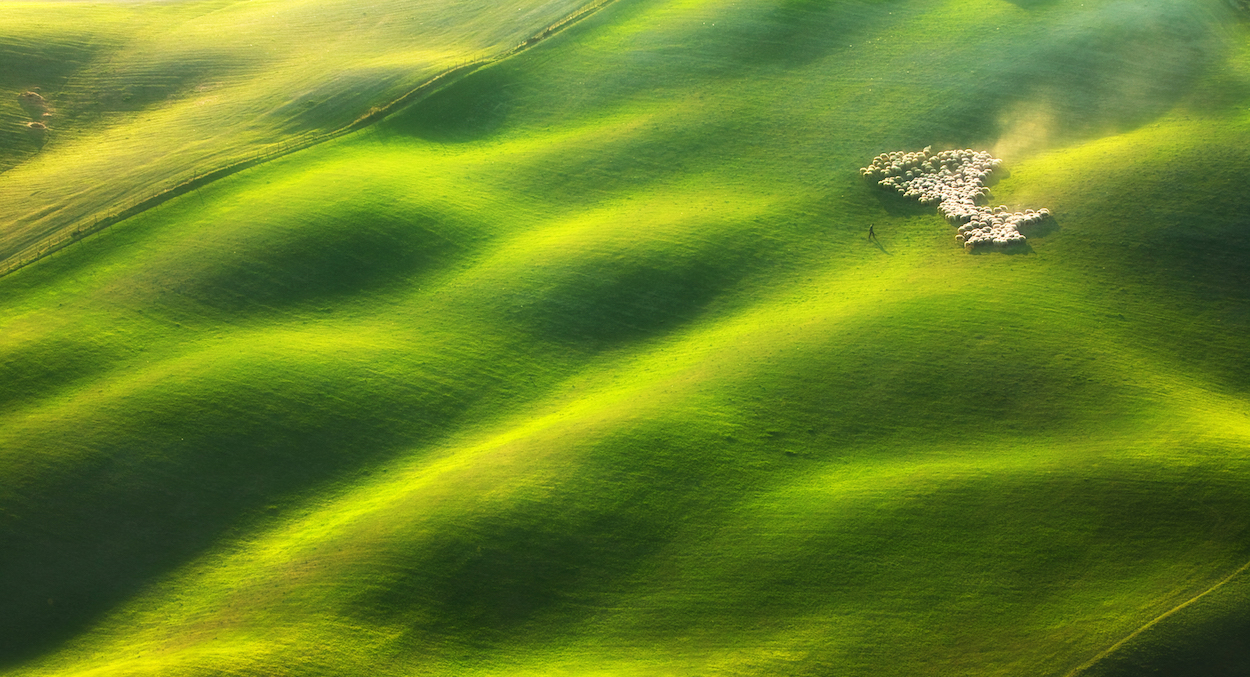
Leave a reply